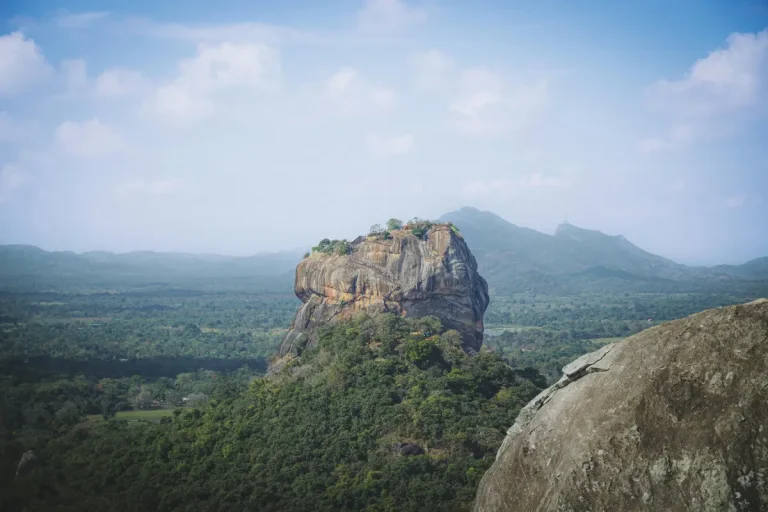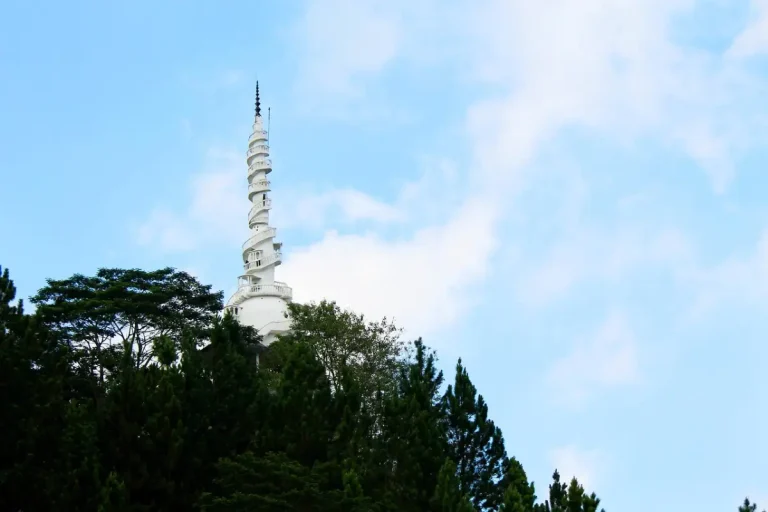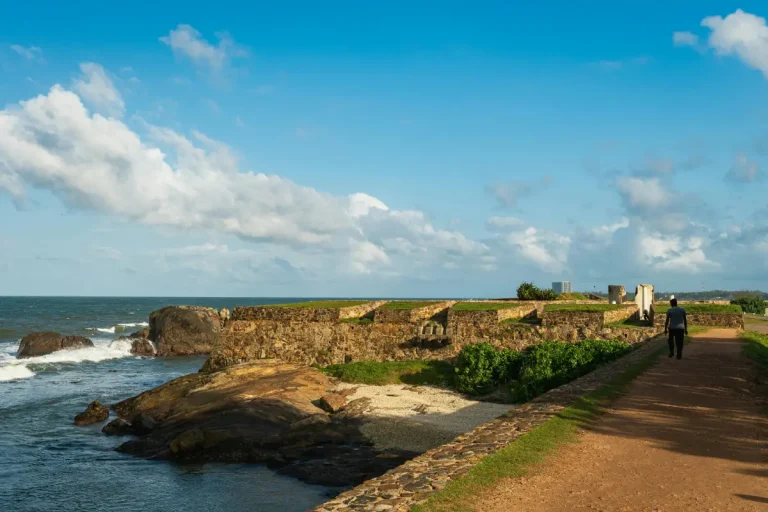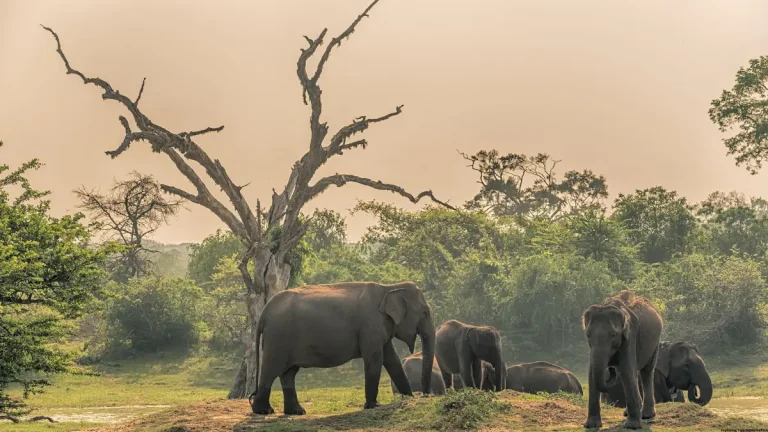Exploring the Sacred City of Ancient Buddhist Heritage
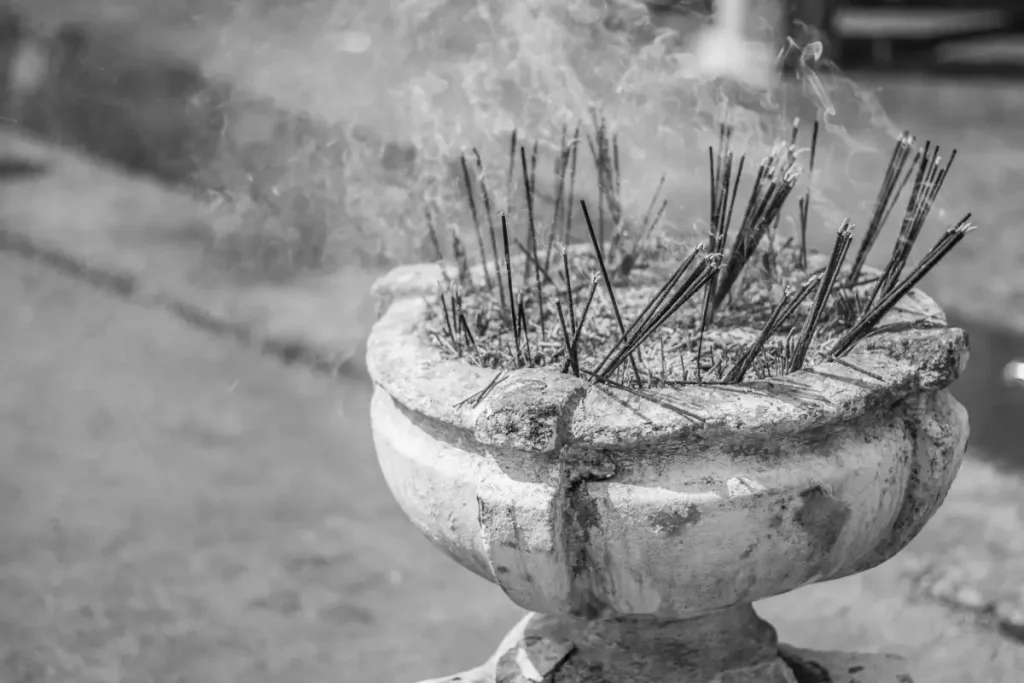
Buddhism, one of the world’s most ancient and profound philosophies, has left an indelible mark on human civilization. Among its many treasures are the sacred cities that encapsulate the rich heritage, spiritual essence, and architectural marvels of Buddhist culture. The Sacred City of Ancient Buddhist Heritage stands as a testament to the enduring legacy of this spiritual tradition. In this article, we’ll take you on a journey through this fascinating site, uncovering its history, cultural significance, and the breathtaking experiences it offers to travelers and pilgrims alike.
A Historical Overview
The Sacred City of Ancient Buddhist Heritage traces its roots back over two millennia, thriving as a hub of learning, meditation, and worship. Situated in a serene landscape, this city was once the epicenter of Buddhist teachings and practices, attracting monks, scholars, and devotees from around the globe. Its architectural brilliance and spiritual ambiance have earned it recognition as a UNESCO World Heritage Site.
The city is believed to have been established during the reign of an ancient king who was deeply influenced by Buddhist teachings. It flourished as a spiritual and cultural hub, playing a pivotal role in spreading Buddhism across regions. Historical texts and archaeological findings reveal that the city’s monasteries, stupas, and sculptures were meticulously crafted, reflecting the artistry and devotion of its creators.
Key Attractions in the Sacred City
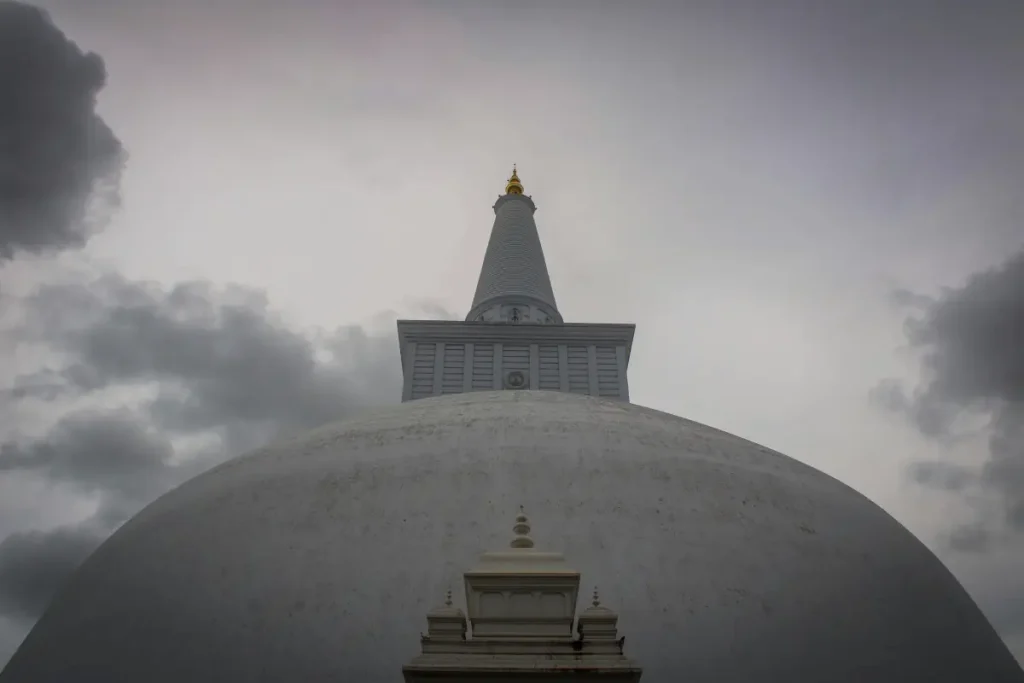
1. The Great Stupa
At the heart of the sacred city stands the Great Stupa, an awe-inspiring monument symbolizing enlightenment. Constructed with intricate details, this massive dome-shaped structure is surrounded by a circular path for meditation and ritual circumambulation. Pilgrims often adorn the stupa with vibrant flags and flowers, creating a kaleidoscope of colors against the serene backdrop.
2. Ancient Monasteries
The city is home to numerous monasteries that served as sanctuaries for monks and centers of learning. These monasteries, with their carved pillars, frescoes, and inscriptions, offer a glimpse into the monastic life of ancient times. The tranquil ambiance within these spaces invites visitors to reflect and reconnect with their inner selves.
3. Rock-Cut Temples
The rock-cut temples of the sacred city are architectural marvels, showcasing the mastery of ancient artisans. These temples, hewn into cliffs, feature detailed carvings of Buddhas, Bodhisattvas, and scenes from Jataka tales. The play of light and shadow within these temples creates a mystical aura that captivates every visitor.
4. Sacred Bodhi Tree
The sacred Bodhi tree, believed to be a sapling from the original tree under which the Buddha attained enlightenment, is a revered site within the city. Encircled by golden railings, this tree is a focal point for meditation and prayer. Devotees from all walks of life gather here to seek blessings and inspiration.
5. Meditation Halls
The meditation halls in the sacred city are designed to facilitate deep introspection and mindfulness. These halls, adorned with soothing imagery and resonant acoustics, provide an ideal environment for both beginners and seasoned practitioners to immerse themselves in meditation.
Cultural Significance
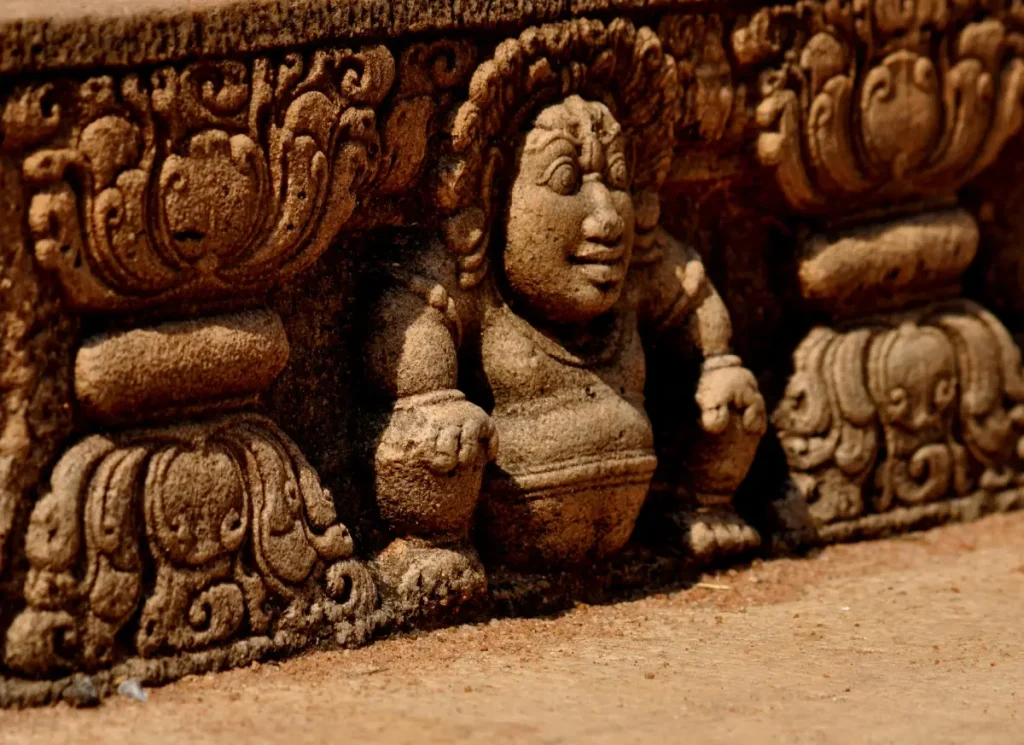
The Sacred City of Ancient Buddhist Heritage is not merely a collection of historical sites but a living testament to the teachings of the Buddha. It embodies the principles of compassion, mindfulness, and non-attachment, serving as a beacon of peace in today’s turbulent world. Festivals and rituals held here throughout the year attract thousands of participants, creating a vibrant tapestry of devotion and celebration.
The city’s art and architecture also reflect a unique blend of cultural influences, illustrating how Buddhism adapted and flourished across different regions. From the delicate carvings of lotus flowers to the imposing statues of the Buddha, every element tells a story of spiritual evolution and artistic excellence.
Spiritual Experiences
Pilgrimage
For Buddhists, visiting the sacred city is a journey of spiritual growth and fulfillment. The act of circumambulating stupas, lighting incense, and chanting sutras creates a profound sense of connection with the Buddha’s teachings.
Meditation Retreats
The sacred city offers numerous opportunities for meditation retreats, attracting seekers from across the globe. Guided by experienced teachers, these retreats delve into techniques such as Vipassana and loving-kindness meditation, helping participants cultivate inner peace and clarity.
Cultural Immersion
Visitors can engage with local communities to learn about traditional practices, culinary heritage, and handicrafts. Participating in rituals, joining prayer sessions, or simply sharing a meal with monks provides a deeper understanding of Buddhist culture.
Practical Travel Tips
Best Time to Visit
The ideal time to explore the Sacred City of Ancient Buddhist Heritage is during the cooler months, typically between October and March. This period ensures pleasant weather for sightseeing and outdoor activities.
How to Get There
The city is well-connected by road, rail, and air. Nearby airports and railway stations provide convenient access, while local transport options such as taxis and tuk-tuks make navigating the city effortless.
Accommodation Options
From budget-friendly guesthouses to luxurious resorts, the sacred city offers a wide range of accommodations to suit different preferences. Many establishments provide serene settings and wellness amenities, enhancing the overall experience.
Respecting Local Customs
When visiting sacred sites, it’s essential to dress modestly and adhere to local customs. Removing shoes before entering temples, refraining from loud conversations, and seeking permission before photographing monks or rituals are some ways to show respect.
Environmental and Cultural Conservation
Preserving the Sacred City of Ancient Buddhist Heritage is a shared responsibility. Visitors are encouraged to practice sustainable tourism by minimizing waste, respecting wildlife, and supporting local businesses. Efforts to conserve the city’s monuments and natural surroundings ensure that future generations can continue to draw inspiration from this timeless sanctuary.
Conclusion
The Sacred City of Ancient Buddhist Heritage is more than just a destination; it’s a journey into the heart of Buddhist philosophy and culture. From its majestic stupas and monasteries to the tranquil meditation halls and sacred Bodhi tree, every corner of this city exudes a sense of peace and reverence. Whether you’re a spiritual seeker, a history enthusiast, or an avid traveler, exploring this sacred city promises an unforgettable experience that enriches the soul and ignites a deeper appreciation for the ancient wisdom of Buddhism.
Plan your visit to this extraordinary site and embark on a transformative journey that connects you with the timeless teachings of the Buddha. Let the Sacred City of Ancient Buddhist Heritage inspire you to embrace mindfulness, compassion, and harmony in your everyday life.
